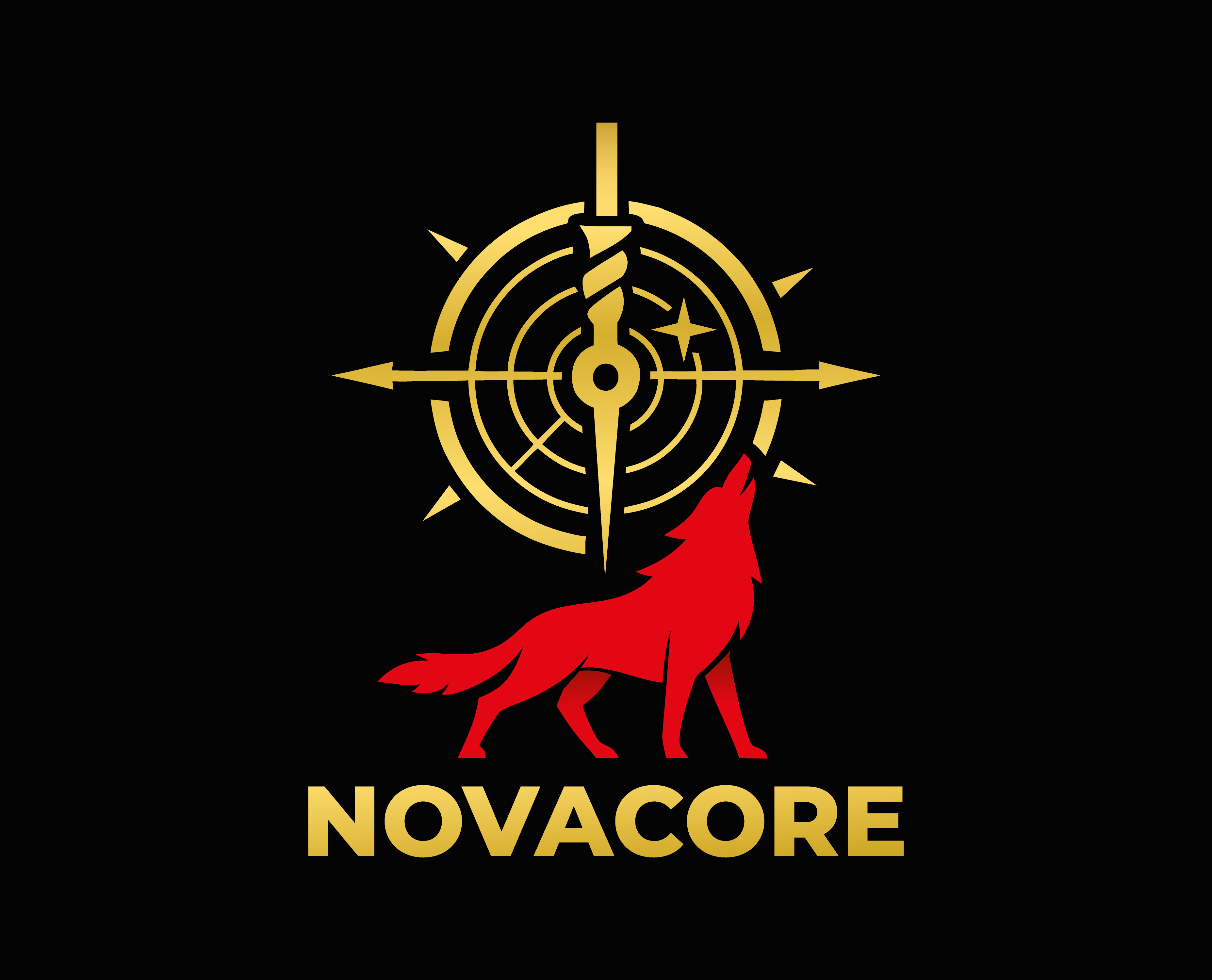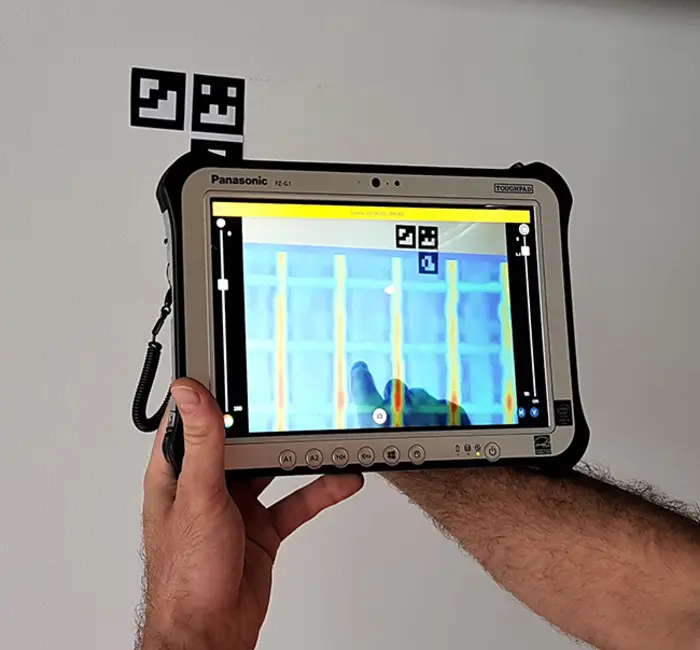Concrete Scanning using Ground Penetrating Radar in Canadian Construction
- Novacore Concrete

- Sep 29
- 4 min read
Ground penetrating radar (GPR) has become an essential tool in modern construction projects. It offers a non-destructive way to inspect subsurface conditions, detect hidden objects, and ensure safety before any excavation or drilling begins. In Canada, where construction projects face unique challenges due to diverse soil types and weather conditions, GPR technology plays a critical role. This article explores how ground penetrating radar enhances construction applications, its benefits, costs, and practical recommendations for its use.
Understanding Concrete Scanning (GPR) in Construction Applications
Concrete scanning in construction applications involve using radar technology to gather information about underground structures and materials. Ground penetrating radar sends electromagnetic waves into the ground and records the reflected signals from subsurface objects or layers. This data helps identify utilities, rebar, voids, and other hidden features without damaging the surface.
In construction, radar applications include:
Locating buried pipes, cables, and conduits
Mapping rebar and post-tension cables in concrete slabs
Detecting voids or sinkholes beneath foundations
Assessing soil stratigraphy and moisture content
Planning safe excavation and drilling operations
Using radar technology reduces the risk of hitting unknown utilities or damaging structural elements. It also speeds up project timelines by providing accurate subsurface maps early in the planning phase.

Benefits of Ground Penetrating Radar in Construction
Ground penetrating radar offers several advantages that improve construction safety, efficiency, and cost-effectiveness. Here are some key benefits:
Non-destructive testing: GPR does not require drilling or digging, preserving the integrity of existing structures.
Real-time data: Operators receive immediate feedback, allowing quick decision-making on-site.
High accuracy: GPR can detect small objects and differentiate between materials, providing detailed subsurface images.
Versatility: It works on various surfaces, including concrete, asphalt, soil, and rock.
Reduced project delays: Early detection of hidden hazards prevents costly interruptions.
Improved safety: Identifying underground utilities and voids reduces the risk of accidents.
For example, when scanning a concrete slab before coring, GPR helps locate rebar and post-tension cables. This prevents damage to structural elements and protects workers from injury. Similarly, in road construction, GPR identifies buried utilities to avoid service disruptions.
Using ground penetrating radar services ensures compliance with local regulations and standards. It also guarantees access to experienced operators familiar with Canadian soil and construction conditions.

How much does it cost to use ground penetrating radar?
The cost of using ground penetrating radar varies depending on several factors:
Project size and complexity: Larger or more complex sites require more scanning time and data analysis.
Depth and resolution requirements: Deeper scans or higher resolution imaging may increase costs.
Location: Remote or difficult-to-access sites can add to transportation and setup expenses.
Type of surface: Different surfaces may require specialized equipment or techniques.
Data reporting: Detailed reports with 3D imaging or CAD integration may incur additional fees.
On average, concrete scanning costs range from $1,000 to $5,000 per day for typical construction projects. Some providers offer per-square-meter pricing for smaller areas. It is important to request detailed quotes and understand what services are included.
Investing in GPR can save money in the long run by preventing damage to utilities, avoiding project delays, and reducing liability. For example, a single utility strike can cost tens of thousands of dollars in repairs and downtime. Using GPR minimizes this risk.
When budgeting, consider combining concrete scanning with other non-destructive testing methods like electromagnetic locators or ultrasonic testing and thermal imaging for comprehensive site assessment.

Best Practices for Implementing Ground Penetrating Radar
To maximize the benefits of ground penetrating radar in construction, follow these best practices:
Hire certified professionals: Ensure operators have proper training and certification in GPR technology.
Conduct a site assessment: Review project plans and identify areas requiring detailed scanning.
Communicate with stakeholders: Inform all parties about the scanning schedule and findings.
Use appropriate equipment: Select GPR systems suited for the surface type and depth needed.
Calibrate equipment regularly: Maintain accuracy by calibrating devices before each use.
Analyze data thoroughly: Employ experienced analysts to interpret radar signals correctly.
Integrate findings into project plans: Use GPR data to adjust excavation, drilling, or coring strategies.
Document results: Keep detailed records for compliance and future reference.
For example, before coring a concrete slab, a thorough GPR scan can identify rebar patterns and post-tension cables. This information guides the coring process, preventing damage and ensuring structural integrity.
Regular use of GPR throughout a project can monitor changes in subsurface conditions, detect new hazards, and verify completed work.
Future Trends in Radar Construction Applications
Ground penetrating radar technology continues to evolve, offering new possibilities for construction professionals. Some emerging trends include:
Integration with drones: Combining GPR with drone technology allows rapid scanning of large or hard-to-reach areas.
3D imaging and modeling: Advanced software creates detailed 3D maps of subsurface features for better visualization.
Artificial intelligence: AI algorithms improve data interpretation accuracy and speed.
Wireless and portable systems: New devices offer greater mobility and ease of use on-site.
Multi-sensor platforms: Combining GPR with other sensors enhances detection capabilities.
These innovations will make radar construction applications more accessible, efficient, and reliable. Staying informed about technological advances helps construction teams maintain a competitive edge and improve project outcomes.
Enhancing Safety and Efficiency with GPR
Using ground penetrating radar in construction projects is a proactive approach to managing risks and optimizing workflows. It provides critical information that supports safe excavation, precise coring, and effective utility management.
By partnering with experienced providers like Novacore, construction teams in Canada can access high-quality concrete scanning and coring services. Novacore’s expertise ensures accurate data collection and interpretation, helping clients build safely and efficiently.
Incorporating GPR into your project planning reduces uncertainties and protects investments. It is a valuable tool for anyone involved in construction, architecture, or engineering who seeks reliable subsurface insights.
By leveraging ground penetrating radar technology, construction professionals can improve safety, reduce costs, and enhance project success across Canada. The future of radar construction applications is promising, with ongoing innovations making this technology even more indispensable.

Comments